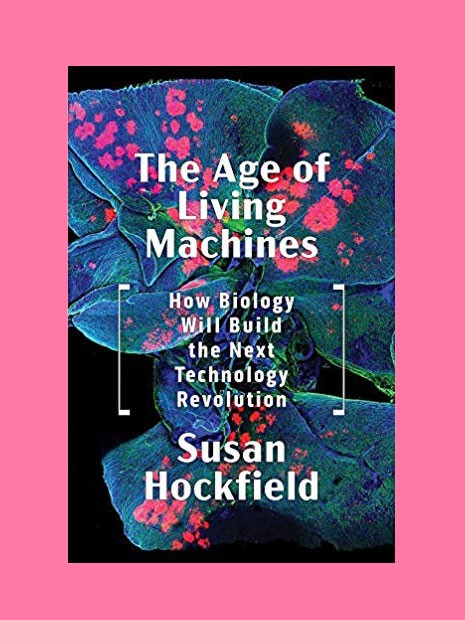Our bioengineered future
Susan Hockfield explores the convergence of biology and technology.



Susan Hockfield learned very early in her presidency at MIT that biology would be, as she puts it, the “technology for the next technology revolution.” In her first days on campus she sat down with the dean of the School of Engineering, who told her that one-third of the school’s faculty was using biology in their work—and not just the bioengineers.
That, Hockfield says, got her thinking.
She felt her role was to position the Institute for the future: “What do we have to be ready for? What can we use our campus to accelerate and invent?” Since she couldn’t predict the future, Hockfield decided her goal should be to hasten and make more visible the convergence already taking place between biology and engineering. That convergence, she says, promises dramatic, life-changing technological breakthroughs in the 21st century, just as the convergence of engineering and physics in the last century launched the electronics and computer industries.
Hockfield, the first biologist and first woman to lead the Institute, recently published a book on this idea, called The Age of Living Machines—the same title and subject as a freshman seminar she’s taught for several years.
She wrote the book, she says, to introduce the general public to innovations like virus-made batteries, brain-powered prostheses, and new plant varieties designed using data-gathering and computational engineering tools. The book provides a framework for understanding such scientific advances. “You can cluster the ideas and have a sense of the cadence, the pace, the direction of our not-distant future,” she says.
In one chapter, she writes about Sangeeta Bhatia, SM ’93, PhD ’97, a professor and researcher at MIT’s Koch Institute for Integrative Cancer Research, who has devised a urine test to detect tumors that are a twentieth the size of those found with current approaches—and therefore more curable. In another, she focuses on work by Johns Hopkins professor Peter Agre, whose (failed) efforts to purify the Rh protein out of blood led to advances in water desalination. Several of her examples are projects led by female scientists.
Hockfield says that MIT was already well positioned to be a leader in bioengineering, because of its strengths in both areas and because a number of researchers were already comfortable working across disciplines. And when the Koch opened under her watch, it encouraged more such collaboration by uniting biologists, engineers of every kind, and clinicians in one building. (Hockfield herself now has her office there.)
The fruits of convergence at the Koch, MIT’s Institute for Medical Engineering and Science, the Ragon Institute, and the Department of Biological Engineering “made me understand how important it is, how game-changing it is,” she says. “I’ve become a very strong advocate of how shared ambition and shared purpose can expand the opportunities for people and expand the impact of our work.”